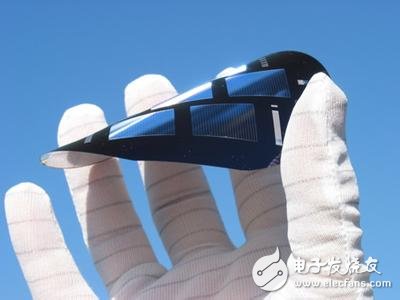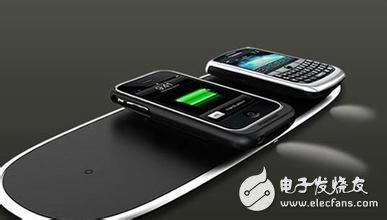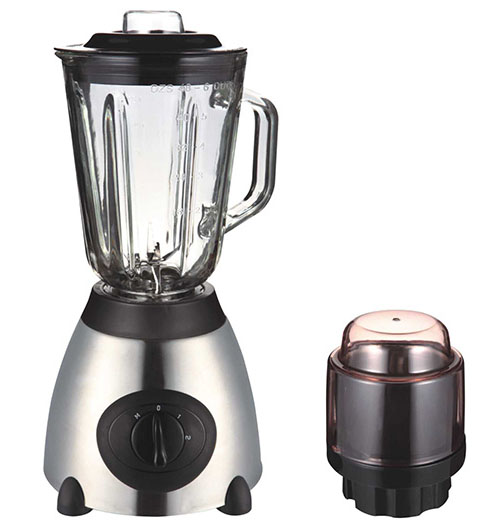Analyze the three core technologies of mobile power
The development of mobile Internet requires the support of mobile power. In this field, there are mainly thin film battery technology, piezoelectric material technology and wireless charging technology.
In the era of mobile Internet, a very important part of the use of the client is its use time. No matter how excellent the performance, the mobile phone, tablet or other smart products that cannot be opened when disconnected from the wired power supply cannot be effectively applied.
In the need to improve the battery life, one can reduce the amount of power used at the same time, such as the iPad, saving all the power-saving ways that can be saved, saving all the space that can be saved, but for the rapid development of IT products In fact, it is not suitable. Another method is to improve the performance of the battery, and provide more sustainable endurance for the product. The development of the mobile Internet requires the support of mobile power. In this field, there are mainly thin film battery technology, piezoelectric material technology, and wireless charging technology.
Thin film battery
The most ideal source of energy that can be accessed anytime, anywhere is solar energy. The application of solar energy is a problem that humans have been striving for in history. Although monocrystalline silicon solar cells dominate the large-scale application and industrial production at this stage, they also expose many shortcomings, the most important of which is the high cost. At the same time, affected by the price of single crystal silicon material and the preparation process of single crystal silicon battery, it is very difficult to greatly reduce the cost of single crystal silicon solar cells.
Thus, it has produced alternative thin film solar cells, including amorphous silicon thin film solar cells, selenium indium copper and cadmium telluride thin film batteries, and polycrystalline silicon thin film solar cells. The most important advantages of amorphous silicon thin film solar cells are low cost and easy preparation. Since their photoelectric conversion efficiency will decay with the continuation of illumination time, its instability is also obvious.
As for the selenium indium copper and cadmium telluride polycrystalline silicon thin film batteries, the efficiency is higher than that of the amorphous silicon thin film battery, the cost is lower than that of the single crystal silicon battery, and the mass production is easy, and there is no problem of sharp drop in efficiency, which seems to be one of the amorphous silicon thin film batteries. A good alternative. Only a large amount of pollution generated in the production process of polycrystalline silicon thin film batteries can not be ignored. The raw materials such as selenium, indium and antimony are rare metals, and the space for further reducing the cost is small.
Because the amount of silicon used is much smaller than that of single crystal silicon, and the inefficiency is reduced, the polycrystalline silicon thin film battery is expected to be prepared on an inexpensive substrate. The cost is expected to be much lower than that of a monocrystalline silicon battery, and the laboratory efficiency has reached 18%, much higher than the efficiency of amorphous silicon thin film batteries. Therefore, polycrystalline silicon thin film batteries are considered to be the next generation of solar cells most likely to replace monocrystalline silicon cells and amorphous silicon thin film cells, and have now become a research hotspot in the international solar energy field.
Solar thin film batteries have lower production costs and their market share has continued to increase in recent years. At present, the highest photoelectric conversion rate is copper indium gallium selenide solar thin film battery, up to 20%, but still far from the theoretical value of more than 30%, the main problem is that the distribution of indium and gallium in the material is difficult to reach the ideal value. .
Despite the high technical requirements of thin-film batteries, in the era of mobile Internet, this is still an industry full of opportunities. At home, China's largest and most export-oriented modern home textile producers, Vosges currently owns two photovoltaic businesses, namely, the production, research and development of thin-film solar modules and the production of crystalline silicon solar modules. It is said that its wholly-owned subsidiary, Vosges Photovoltaic Technology Co., Ltd. is currently negotiating with Bosch, Germany, for the next step of cooperation, including plans for share transfer. The copper indium selenide thin film solar cell module produced by Vosges Photovoltaic is the thin film solar cell with the highest photoelectric conversion efficiency in the second generation photovoltaic technology. Its absorption coefficient and photoelectric conversion efficiency for visible light are relatively high among all thin film solar cell materials.
In the United States, the US-rich solar company is also building a large solar cell module manufacturing plant in Indiana, the largest in the United States.
For the application of solar energy, its efficiency and cleanliness are undoubted, and the effective use of solar cell thin-film batteries will play a very significant role in the expansion of mobile devices.

Figure 1 Thin film battery
Piezoelectric material
A piezoelectric material is a crystalline material that exhibits a voltage between both end faces when subjected to pressure. The principle of the piezoelectric effect is that if a pressure is applied to the piezoelectric material, it will produce a potential difference, which is called a positive piezoelectric effect; on the contrary, when a voltage is applied, a mechanical stress is generated, which is called an inverse piezoelectric effect. In the last few decades, the use of piezoelectric materials has been gradually expanded, and it is now found to be the most practical new energy source for human beings. The use of piezoelectric materials as wind turbine blades for wind turbines and electric fans, combined with new air energy, does not affect the function and efficiency of wind turbines and electric fans, and can achieve without additional energy consumption. The practical value of electric energy enables the wind turbine to increase efficiency, so that the electric fan can become a generator, and the efficiency of the new air energy can be doubled.
Piezoelectric materials are currently the most ideal new energy materials. Using piezoelectric materials in combination with new air energy, this new energy structure can produce energy that meets the energy needs of all human beings. If this new structure is fully utilized, It can further reduce greenhouse gas emissions, slow down the rate of global warming, and lead the benign to the direction of human environmental development.

Figure 2 Piezoelectric material
Wireless charging technology
The most important thing about wireless charging technology is two things, one is the transmitter on the socket, and the other is the receiver on the electronic product. As long as it is within a certain range, the power supply can be effectively transmitted instantaneously.
On September 1, 2010, the world's first wireless charging technology standardization organization, the Wireless Charging Alliance, announced in Beijing that it will introduce the Qi wireless charging international standard to China. The Communication Electromagnetic Compatibility Quality Supervision and Inspection Center of the Ministry of Information Industry also joined the organization. LG Electronics also launched its first wireless charger WCP-700.
The wireless charging technology adopts a unified industry standard. For mobile phones, PMP/MP3, digital cameras, laptops and other products, you can use the new wireless charger with low energy consumption and high compatibility. This charger is similar to a tray plugged directly into the power supply, and the alliance-certified mobile phones with different brands of "Qi" logos can be charged directly. For different electronic products, the power interface can automatically respond. When charging is required, the transmitter and receiver chip will start working automatically at the same time. When fully charged, both sides will automatically shut down. It also automatically recognizes different devices and energy requirements for 'personalized work', which is smart.
On March 30th, ST-Ericsson, a mobile platform and semiconductor company, introduced a power management solution that significantly shortens the time it takes to charge a wall outlet relative to a mobile device. This innovation is one of its PowerHUBTM products, which can collect energy from many channels, not only for users to charge faster, but also to effectively reduce greenhouse gas emissions.
Now, for the safety and convenience of consumers, wireless charging technicians have begun to further research on long-distance charging while developing short-range wireless charging technology. Once this technology is implemented, not only low-power mobile devices, but even home appliances, medical equipment, office appliances, etc. can be wirelessly charged, and can be used while charging without batteries.

Figure 3 wireless charging technology
Conclusion
With the accelerated pace of life in modern society, the use of mobile devices has become more widespread. The development of mobile power for mobile phones has become one of the challenges that many equipment providers must deal with. And to achieve an effective improvement in the endurance of mobile power, you can achieve a considerable increase in profits in this sunrise market.
At the same time, mobile power is also a technology that is closely related to people's lives, enabling people to realize the full use of electronic devices at any time and anywhere, such as at home, to facilitate people's work and entertainment.
Glass Jar Food Blenders are stronger, which can crush ice. Glass jar food blenders' motors are more powerful, usaully use 7025 or 7030 motor. Their power can reach to 350/450W. Glass jar food blenders always with 6 pcs ice crushing blades and coffee grinder.
Discription of Glass Jar Food Blenders
Size: 1.25L, 1.5L
Controls Type: Rotary switch, push button
Packing: 4pcs/ctn(standard box)

Glass Jar Food Blenders
Glass Jar Food Blenders,Glass Jar Blenders,Blender With Glass Jar,Glass Blender
Flying Electronic Co., Ltd , https://www.flyingelectronic.com